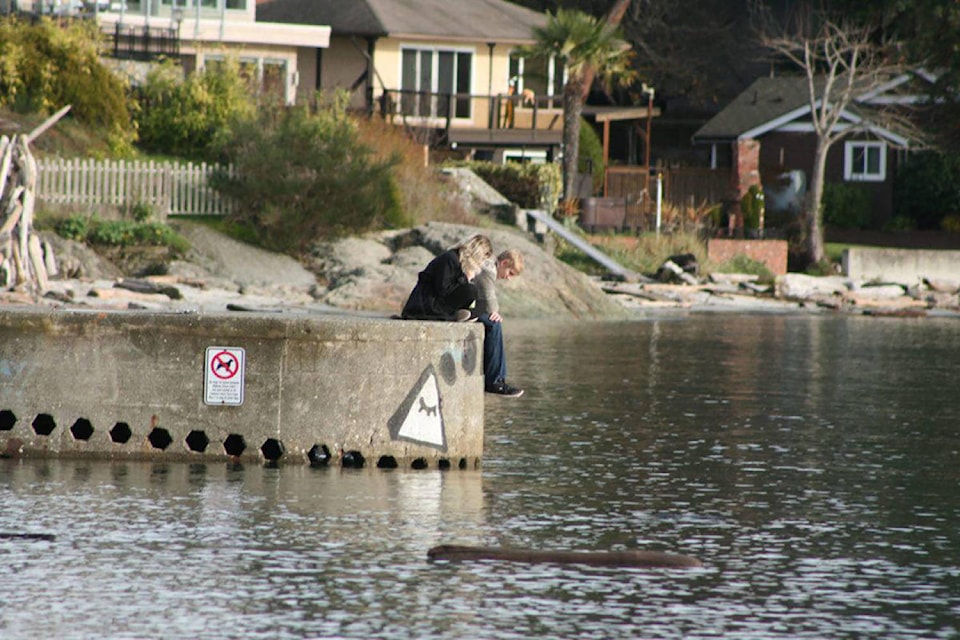Saanich residents can learn more about the local effects of climate change from a panels of scientists next month.
“This Saanich Talks climate event is part of our first phase of engagement to support the updated climate plan,” said Rebecca Newlove, Saanich’s manager of sustainability. “It provides an opportunity for community members to learn how climate change will impact the region and what actions are needed to reduce our carbon footprint or adapt to these changes through a panel discussion with subject matter experts.”
Scheduled for May 7 at the University of Victoria, the event titled Saanich Talks: Our community in a changing climate, features a trio of scientists, with each speaking to different aspects of the issue.
Nancy Turner, emeritus professor at UVic, will discuss biodiversity in the time of climate change.
“Since Saanich’s biodiversity has already been impacted by fragmentation, urban development, invasive species, loss of wetlands [among other issues], climate change is just one more concern for the wellbeing of our native species in particular,” she said in an interview.
She specifically pointed to the Garry oak ecosystem, of which less than five per cent remains in its original state. “More than 100 Garry oak and associated ecosystem species are at risk of extinction,” she said. “Many of these are, or were, found in Saanich. Our marine coastline and its species are at particular risk, and so are our wetlands, which are already far more restricted than formerly because of development.”
Climate change has already changed local biodiversity, she said. “The changes will show — and are already showing — in the decline and loss of the butterflies, bees, and other insect pollinators, bats, frogs, lizards, snakes, and many species of birds in the municipality, not to mention the diversity of flowering plants, including trees, shrubs and herbaceous plants, as well as lichens and mosses,” she said.
This said, many of species part of Garry oak ecosystems - including Garry oaks themselves - are drought tolerant to some extent may extend in their ranges to areas that were formerly wetter than now, as the climate warms. “With care, we can maintain major elements of our natural ecosystems, and hopefully restore some of the species that have been in decline through concerted propagation and restoration efforts,” she said.
Tom Pedersen, past executive director of Pacific Institute for Climate Solutions, will discuss the regional impacts of climate change. They include among others drier conditions, but also more unstable conditions. He also offer policy solutions.
Jennie Moore, an associate dean at the British Columbia Institute of Technology, will explore what it takes to achieve “One Planet” living. Political decision-makers have used this concept to develop policies that help their citizens lead life-styles within the ecological carrying capacity of the planet. Scientists have long warned that if all humans were to live like modern western societies, humanity would need four or five additional planets Earth to satisfy resource demands.
The event occurs against the backdrop of Saanich’s recent decision to use 100 renewable energy by 2050 as part of its efforts to meet climate change goals. Saanich has committed itself to reducing greenhouse gases responsible for climate change 80 per cent by 2050.
“Over the next 18 months, Saanich will develop an updated climate plan and work with residents and stakeholders to determine how to reach these new targets and adapt to a changing climate,” said Newlove, noting that corporate and wider community planning consider climate change mitigation and adaptation measures. “In addition, there are internal processes that enable a sustainability lens to be applied to projects dependent upon the subject matter or type of topic,” she said.
